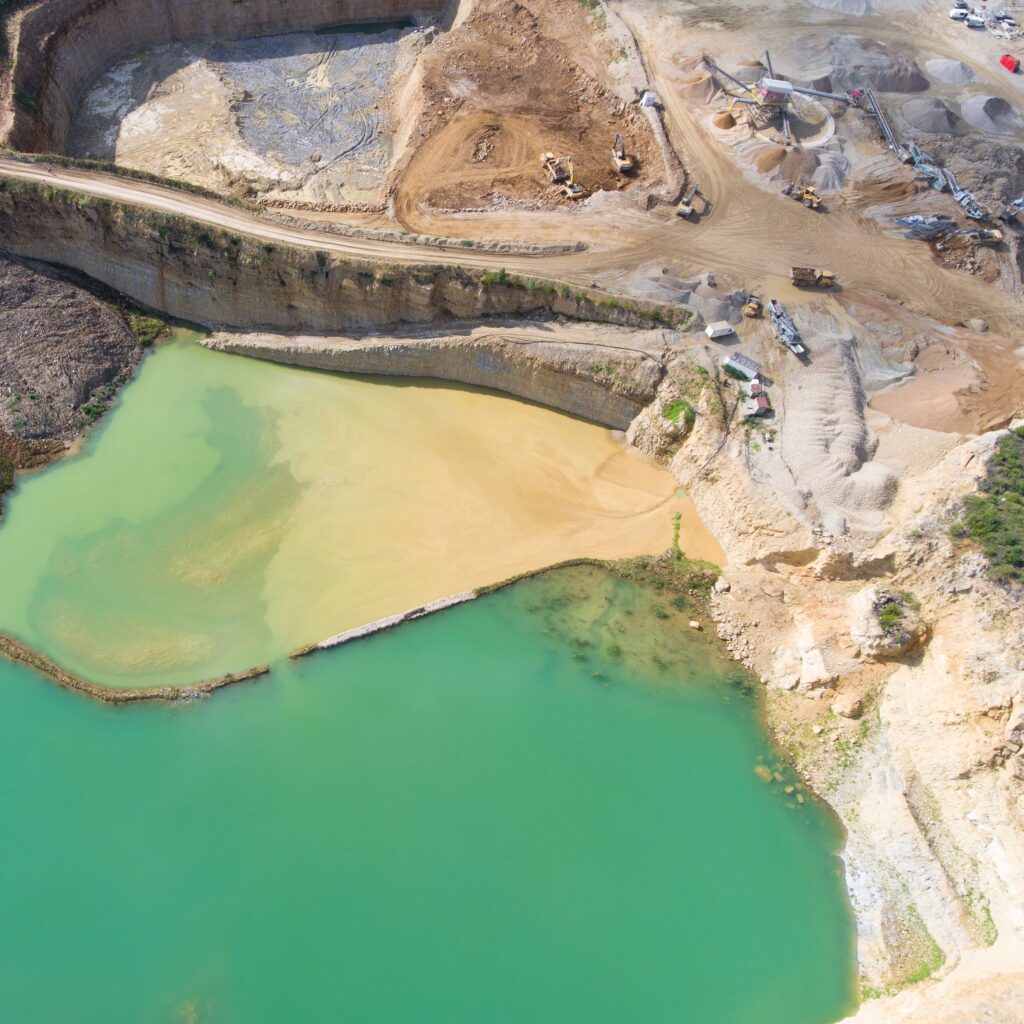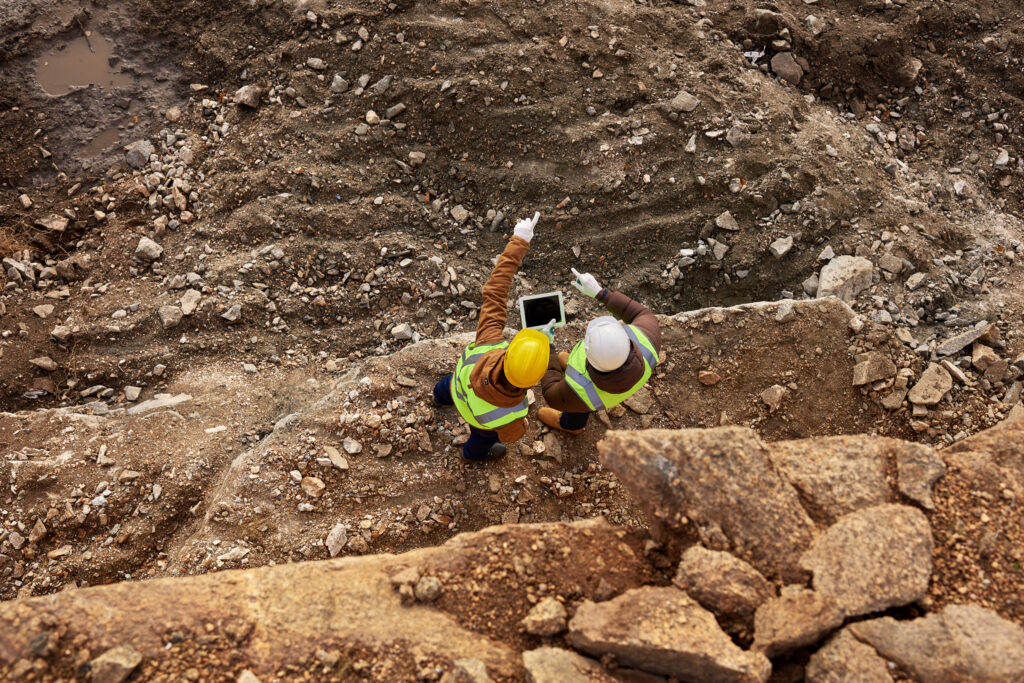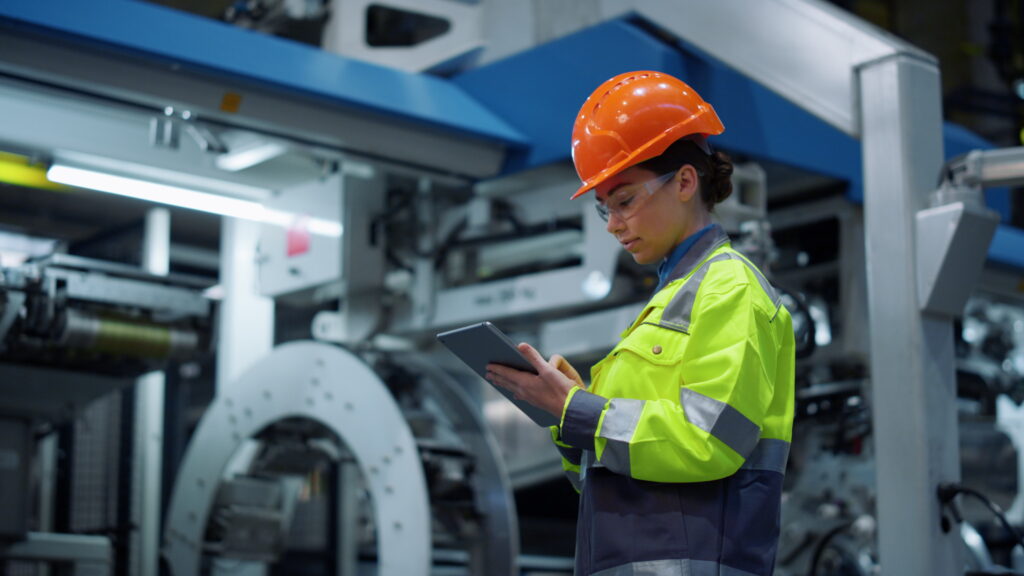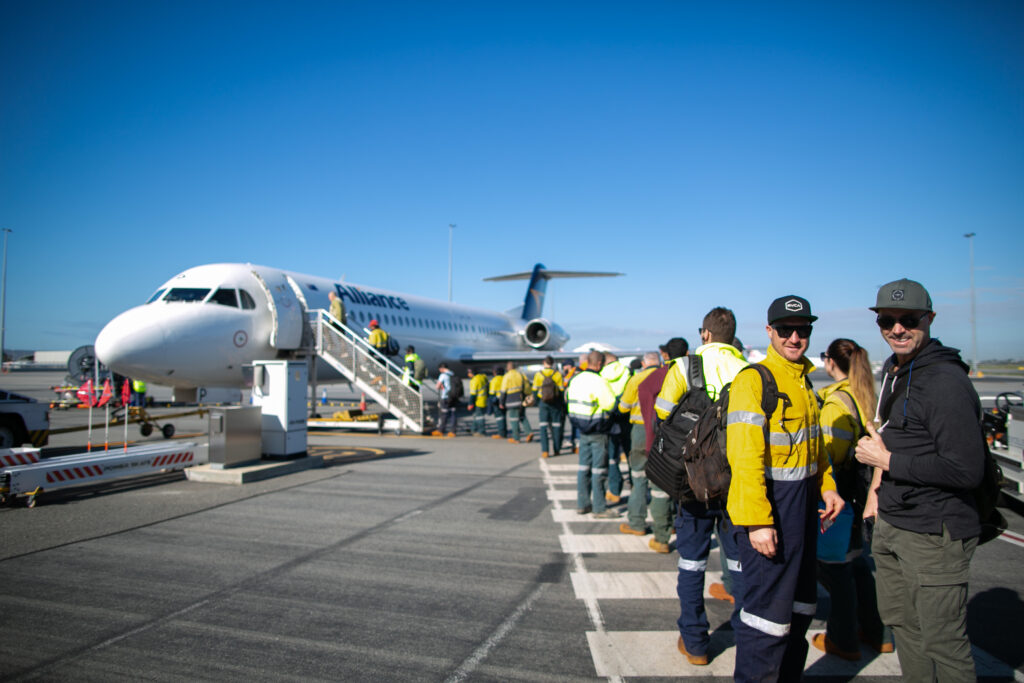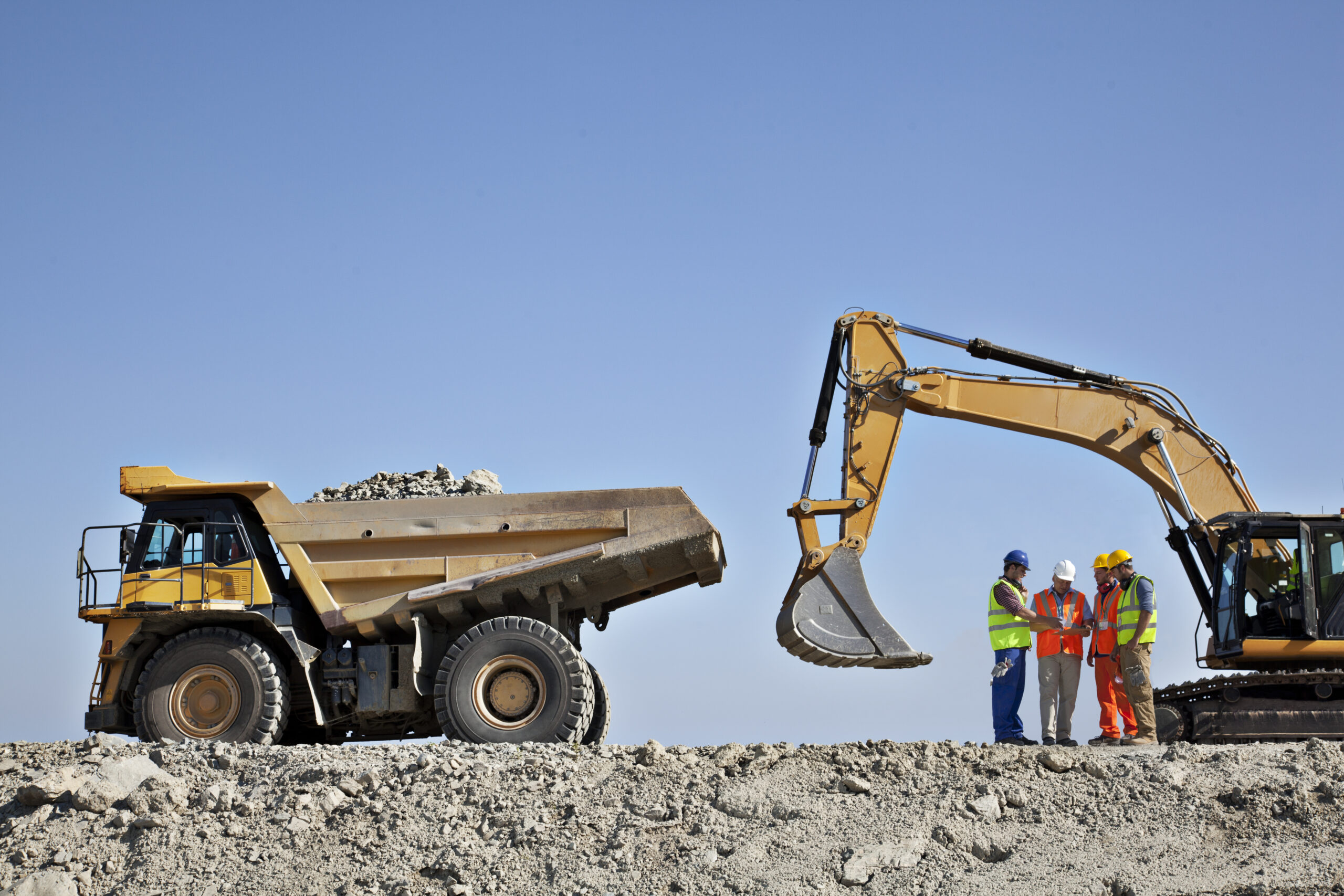What is the CSIRO and Data61?
CSIRO’s Data61 are the world leaders in data science research and engineering and trusted advisers to government, business and academia.
What do they do?
CSIRO’s Data61 is Australia’s leading data innovation group which was officially formed in 2016 from the integration of CSIRO’s Digital Productivity flagship and the National ICT Australia Ltd (NICTA). Their mission is to create Australia’s data-driven future, and believe Australia can lead the world in change and not just respond to it.
To create a better world for the future generations, they’re bringing together the innovation ecosystem and building a global applied R&D network of partners in government, industry and academia called the D61+ Network.
Through the D61+Network they aim to align their collective capabilities with Australia’s national interests and help Australia create new technology-based industries that can reach global scale.
What is this report about?
This report considers the impact of six megatrends on work health and safety (WHS) and workers’ compensation over the next 20 years. The narrative of the future is based on a structured process of strategic foresight which identifies megatrends and illustrates their possible impacts using future scenarios.
As digital technologies advance in capability and decrease in cost, they are likely to enter the work environment in greater numbers and in a wider variety of roles. Major advances in automation, artificial intelligence (AI), digitisation, augmented reality (AR) and virtual reality (VR), cyber-physical systems and other technologies are on the horizon.
Enabled by technological developments, the worldwide growth of peer-to-peer (P2P) platforms, such as Uber, Airtasker, and Gobi, has the potential to fundamentally shift employment patterns and structures toward a ‘gig economy’ where freelance task-based work is common. This is occurring in the context of an Australian workforce facing a number of key changes: a transition to professional service-based employment; the end of the mining boom; and the demographic shift towards an older workforce.
Given these emerging changes, a key question for workplace safety and workers’ compensation policymakers is the extent to which current regulatory and compensation systems are able to meet future challenges. Scenario planning seeks to address this question by sketching out the plausible conditions that may or may not require change based on a series of proven and relevant megatrends shaping the future. This enables stakeholders and decision-makers to begin thinking about plausible futures before they eventuate, and make wiser planning and strategic decisions.

